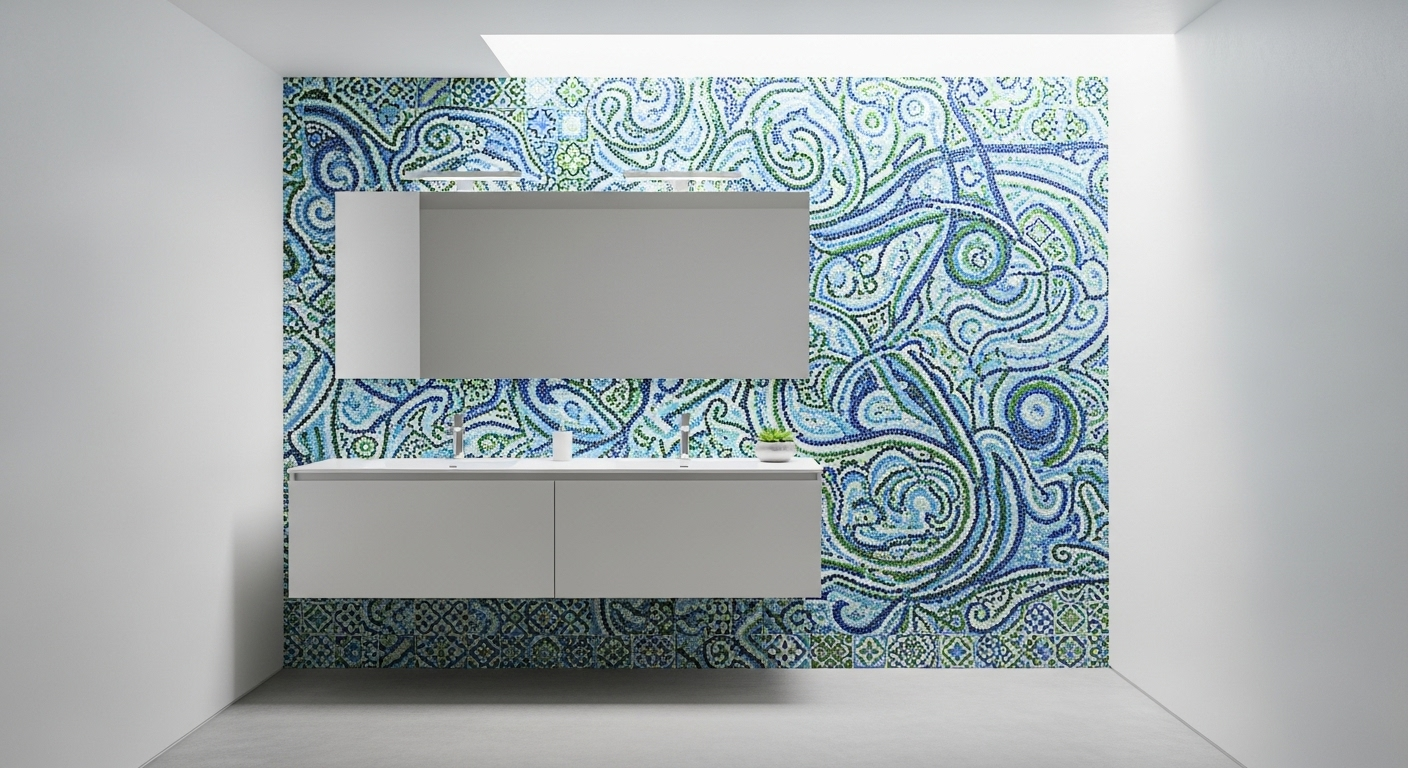The Emergence of Micro-Living: An Innovative Approach to Space Management
Introduction As urbanization continues to rise, the concept of micro-living, a design phenomenon that maximizes minimal space, is becoming increasingly relevant. This article delves into the emergence of micro-living, its practical benefits, and the latest design strategies to make the most of small spaces.

The Genesis of Micro-Living
The concept of micro-living is not new. Originating from Japan’s “capsule hotels” in the 1970s, this innovative approach to space management has evolved over the years to adapt to the growing demand for housing in densely populated cities. It is a response to escalating property prices, shrinking living spaces, and a societal shift towards more sustainable and minimalist lifestyles.
Micro-Living in the Modern Context
Today, micro-living has become a design movement, inspiring architects and interior designers to create functional, aesthetically pleasing spaces that are no larger than 500 square feet. Designers are employing clever strategies, from retractable furniture to multi-functional spaces and storage solutions, to make small spaces appear larger and more livable. Incorporating natural light, mirrors, and strategic color palettes are also common tactics to enhance the perception of space.
Practicality and Market Trends
Micro-living is not just a design trend; it’s a lifestyle choice. It encourages a decluttered, minimalist lifestyle, promoting only essential possessions and reducing carbon footprints. Market trends show a rise in demand for small, affordable, well-designed housing options in urban areas. Start-ups and established companies alike are capitalizing on this trend, offering innovative products and solutions tailored to micro-living.
Enhancing Daily Life with Micro-Living
Despite the limited square footage, micro-living doesn’t have to compromise on comfort or style. Customized, multi-purpose furniture, such as sofa beds, extendable tables, and built-in storage, can maximize functionality without sacrificing aesthetics. Technology also plays a key role, with smart appliances and home automation systems making small spaces more efficient and convenient.
The Future of Micro-Living
As the world continues to urbanize and space becomes an ever-increasing premium, the importance and relevance of micro-living will only grow. As designers continue to innovate, micro-homes of the future may become the norm rather than the exception. The key lies in adapting design practices to meet the unique challenges and opportunities that this trend presents.
In conclusion, micro-living offers a fresh, innovative perspective on home design in an era of shrinking spaces. It is a testament to the potential of design to transform the way we live, offering solutions that are not only practical and economical, but also aesthetically pleasing and sustainable.





